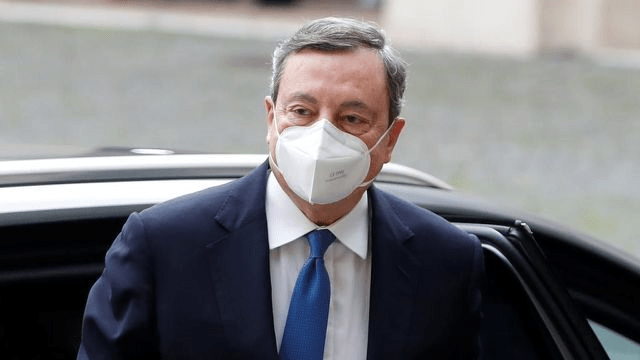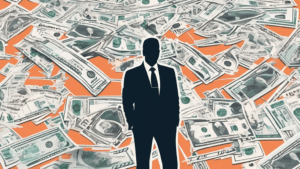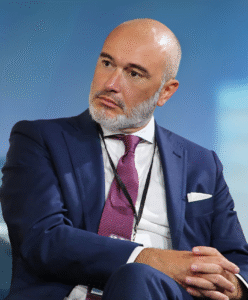
Why Skills-First Leadership Is Replacing the Ivy League Playbook in the C-Suite
The old prestige pyramid—where Ivy League degrees and blue-chip consulting backgrounds paved the way to the CEO seat—is cracking.

February 3, 2021: The former president of the ECB (European Central Bank), Mario Draghi, is due to meet Italy’s president, Sergio Mattarella, at lunchtime.
Draghi will be asked to form a technocratic government and solve Rome’s current political crisis over the last month.
On Wednesday, Nick Andrews, European analyst at Gavekal Research, said, “Say what you like about Mario Draghi, but he’s not one to shirk responsibility in a crisis.”
Italy’s recent political problems began when a small party stopped supporting the coalition government. This indicates that the pro-EU cabinet lost the required working majority in the Italian Parliament, which raised the prospect of a snap election at a time of severe health and economic crisis.
Mattarella consulted with the different political leaders to solve the problem. However, the negotiations have not yielded any working majority, and the country’s president is avoiding new elections.
According to the polls, the anti-immigration Lega party would win the most votes in an election and potentially form an alliance with the far-right Brothers of Italy party.
Draghi served as ECB president for eight years and was at the helm during one of the most critical moments in the eurozone history. The sovereign debt crisis threw light on how weak public finances were in certain countries, which sparked concerns that the 19-member region would break-up.
As issues raised, Draghi said in a speech in London in 2012 to reassure market players that the ECB would do “whatever it takes” to keep up with the eurozone’s stability.
His words made investors calm and effectively saved the euro area at the time. Draghi would then take the monetary policy to uncharted territory in the region, introducing negative interest rates and quantitative easing. Both policy instruments are still in place.
The possibility of Draghi becoming the new Italian prime minister has received well in financial markets.

The old prestige pyramid—where Ivy League degrees and blue-chip consulting backgrounds paved the way to the CEO seat—is cracking.

Loud leaders once ruled the boardroom. Charisma was currency. Big talk drove big valuations.

But the CEOs who make history in downturns aren’t the ones with the deepest cuts

Companies invest millions in leadership development, yet many of their best executives leave within a few years. Why?

The most successful business leaders don’t just identify gaps in the market; they anticipate future needs before anyone else.

With technological advancements, shifting consumer expectations, and global interconnectedness, the role of business leaders

At seventeen, Professor Richard Rose stepped into a world few adults dare to navigate: the world of children fractured by trauma. He wasn’t a clinician then, nor a scholar. He was simply a young man with a heart tuned to the quiet ache of others.

Following a distinguished Law Enforcement career Joe McGee founded The Securitatem Group to provide contemporary global operational specialist security and specialist security training products and services for private clients, corporate organisations, and Government bodies. They deliver a wide range of services, including complete end-to-end protection packages, close protection, residential security, protection drivers, and online and physical installations. They provide covert and overt investigations and specialist surveillance services with a Broad range of weapons and tactical-based training, including conflict management, risk and threat management, tactical training, tactical medicine, and command and control training.

Jay Wright, CEO and Co-Owner of Virgin Wines infectious energy, enthusiasm, passion and drive has been instrumental in creating an environment that encourages talent to thrive and a culture that puts the customer at the very heart of every decision-making process.

Fabio de Concilio is the visionary CEO & Chairman of the Board at Farmacosmo, a leading organization dedicated to mental health and community support services. With a deep commitment to identifying and meeting customer needs, Fabio ensures that high standards are maintained across the board.

Leave us a message
Subscribe
Fill the form our team will contact you
Advertise with us
Fill the form our team will contact you